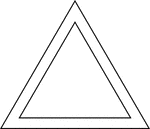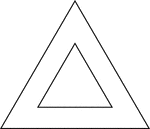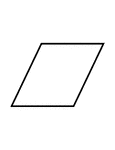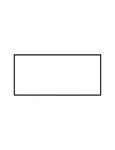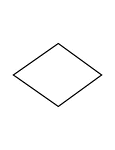
Egret Facing Forward
Tangrams, invented by the Chinese, are used to develop geometric thinking and spatial sense. Seven figures…

Egret Facing Forward
Tangrams, invented by the Chinese, are used to develop geometric thinking and spatial sense. Seven figures…

Egret Facing Forward
Tangrams, invented by the Chinese, are used to develop geometric thinking and spatial sense. Seven figures…

Rhombus Circumscribed About an Ellipse
Illustration of a rhombus circumscribed about an ellipse. This could also be described as an ellipse…

Centers of Equilateral Triangle
Illustration of an equilateral triangle that shows both the centroid (where the medians of the sides…

10 Congruent Rotated Equilateral Triangles
Illustration of 10 congruent equilateral triangles that have the same center. Each triangle has been…

10 Congruent Rotated Equilateral Triangles
Illustration of 10 congruent equilateral triangles that have the same center. Each triangle has been…
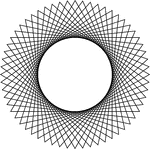
20 Congruent Rotated Equilateral Triangles
Illustration of 20 congruent equilateral triangles that have the same center. Each triangle has been…
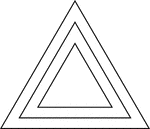
3 Concentric Equilateral Triangles
Illustration of 3 concentric equilateral triangles that are equally spaced.
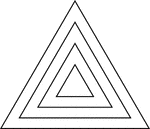
4 Concentric Equilateral Triangles
Illustration of 4 concentric equilateral triangles that are equally spaced.

5 Congruent Rotated Equilateral Triangles
Illustration of 5 congruent equilateral triangles that have the same center. Each triangle has been…

Fisherman
Tangrams, invented by the Chinese, are used to develop geometric thinking and spatial sense. Seven figures…

Fisherman
Tangrams, invented by the Chinese, are used to develop geometric thinking and spatial sense. Seven figures…

Fisherman
Tangrams, invented by the Chinese, are used to develop geometric thinking and spatial sense. Seven figures…

Fisherman
Tangrams, invented by the Chinese, are used to develop geometric thinking and spatial sense. Seven figures…
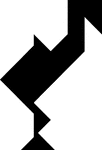
Flamingo
Tangrams, invented by the Chinese, are used to develop geometric thinking and spatial sense. Seven figures…

Flamingo
Tangrams, invented by the Chinese, are used to develop geometric thinking and spatial sense. Seven figures…
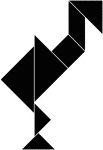
Flamingo
Tangrams, invented by the Chinese, are used to develop geometric thinking and spatial sense. Seven figures…

Flamingo
Tangrams, invented by the Chinese, are used to develop geometric thinking and spatial sense. Seven figures…

Flashcard of a polygon with eight equal sides
A flashcard featuring an illustration of a polygon with eight equal sides
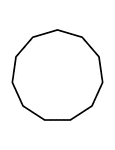
Flashcard of a polygon with eleven equal sides
A flashcard featuring an illustration of a polygon with eleven equal sides
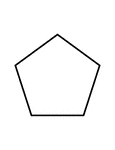
Flashcard of a polygon with five equal sides
A flashcard featuring an illustration of a polygon with five equal sides

Flashcard of a polygon with four equal sides
A flashcard featuring an illustration of a polygon with four equal sides

Flashcard of a polygon with four equal sides
A flashcard featuring an illustration of a polygon with four equal sides
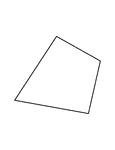
Flashcard of a polygon with four unequal sides
A flashcard featuring an illustration of a polygon with four unequal sides
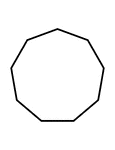
Flashcard of a polygon with nine equal sides
A flashcard featuring an illustration of a polygon with nine equal sides

Flashcard of a polygon with seven equal sides
A flashcard featuring an illustration of a polygon with seven equal sides
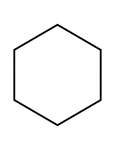
Flashcard of a polygon with six equal sides
A flashcard featuring an illustration of a polygon with six equal sides
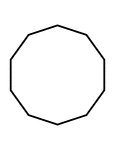
Flashcard of a Polygon with ten equal sides
A flashcard featuring an illustration of a Polygon with ten equal sides

Flashcard of a polygon with three equal sides
A flashcard featuring an illustration of a polygon with three equal sides
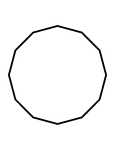
Flashcard of a polygon with twelve equal sides
A flashcard featuring an illustration of a polygon with twelve equal sides
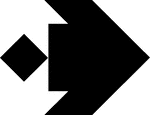
Flounder
Tangrams, invented by the Chinese, are used to develop geometric thinking and spatial sense. Seven figures…

Flounder
Tangrams, invented by the Chinese, are used to develop geometric thinking and spatial sense. Seven figures…
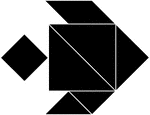
Flounder
Tangrams, invented by the Chinese, are used to develop geometric thinking and spatial sense. Seven figures…
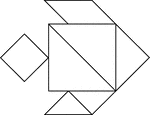
Flounder
Tangrams, invented by the Chinese, are used to develop geometric thinking and spatial sense. Seven figures…
Flower
Tangrams, invented by the Chinese, are used to develop geometric thinking and spatial sense. Seven figures…
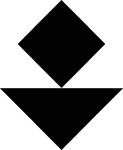
Flower
Tangrams, invented by the Chinese, are used to develop geometric thinking and spatial sense. Seven figures…
Flower
Tangrams, invented by the Chinese, are used to develop geometric thinking and spatial sense. Seven figures…
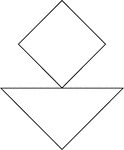
Flower
Tangrams, invented by the Chinese, are used to develop geometric thinking and spatial sense. Seven figures…
Flower
Tangrams, invented by the Chinese, are used to develop geometric thinking and spatial sense. Seven figures…
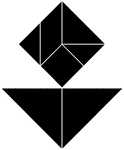
Flower
Tangrams, invented by the Chinese, are used to develop geometric thinking and spatial sense. Seven figures…
Flower
Tangrams, invented by the Chinese, are used to develop geometric thinking and spatial sense. Seven figures…

Flower
Tangrams, invented by the Chinese, are used to develop geometric thinking and spatial sense. Seven figures…

Fort Matanzas
Tangrams, invented by the Chinese, are used to develop geometric thinking and spatial sense. Seven figures…

Fort Matanzas
Tangrams, invented by the Chinese, are used to develop geometric thinking and spatial sense. Seven figures…

Fort Matanzas
Tangrams, invented by the Chinese, are used to develop geometric thinking and spatial sense. Seven figures…

Fort Matanzas
Tangrams, invented by the Chinese, are used to develop geometric thinking and spatial sense. Seven figures…

Giraffe
Tangrams, invented by the Chinese, are used to develop geometric thinking and spatial sense. Seven figures…

Giraffe
Tangrams, invented by the Chinese, are used to develop geometric thinking and spatial sense. Seven figures…

Giraffe
Tangrams, invented by the Chinese, are used to develop geometric thinking and spatial sense. Seven figures…

Giraffe
Tangrams, invented by the Chinese, are used to develop geometric thinking and spatial sense. Seven figures…
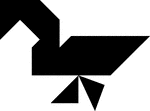
Goose
Tangrams, invented by the Chinese, are used to develop geometric thinking and spatial sense. Seven figures…
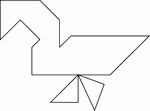
Goose
Tangrams, invented by the Chinese, are used to develop geometric thinking and spatial sense. Seven figures…
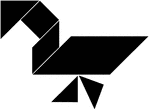
Goose
Tangrams, invented by the Chinese, are used to develop geometric thinking and spatial sense. Seven figures…
